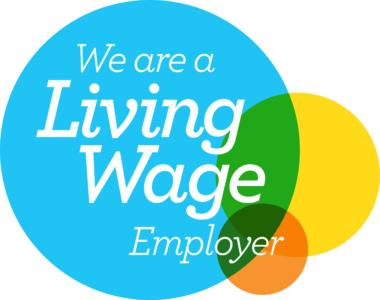Brexit and COVID-19 undoubtedly have brought about changes to the whole food sector. From production, processing, distribution to retail, the landscape is changing. There is a growing online market for food and drink, moving some of the emphasis away from retail and towards distribution. The knock on effect for real estate may be a change in the demand for retail space and a move towards buildings that can accommodate production, processing and distribution.
If you are looking to take a lease of a property you will need to ensure that the property accommodates your food business and is suitable for your business needs. Below are some key considerations:
Planning
It is imperative that the property has the correct planning permission for your intended use. This will be granted by the Local Planning Authority. For example, if you wish to use the property for distribution of frozen prepared meals then investigation will be needed to check the property’s use as permitted by the Local Planning Authority. Planning permission is required for a material change of use. Whether planning permission will be required for your use of the property will depend on the current use, permitted development rights and whether the new use is still ancillary to the existing use.
It is also important to ensure there are no onerous conditions contained within any planning permission for the property. For example, a planning condition which only allows a building on an estate to be open during 9:00am-5:00pm on a weekday would be detrimental if the building needs to remain open late in the evening and at the weekend. Longer hours are required if the building needs to operate 24 hours a day in order to process raw foods into finished goods, for instance. Advice should be sought at the outset to ensure your intentions adhere to the planning requirements.
Permitted Use
Not only will it need to be established that the property has the relevant planning permission, the landlord also needs to permit your intended use of the property within the lease. This is separate to the permitted use of the property granted by the Local Planning Authority. There will be a permitted use clause contained in the lease which will detail for what the landlord will allow you to use the property. The clause may make reference to a specific use class of the Use Classes Order 1987 or simply define what the landlord may permit, for example, “Storage of frozen, dry and chilled food products.” If you do not adhere to the permitted use granted by the landlord you will be in breach of the lease.
Access and Parking
Both access and parking at the property are important issues, especially if the property needs to be accessed by lorries, large vehicles or will be frequently visited. Parking and access areas need to be clearly defined in the lease, preferably by way of an attached plan. If the building is on an estate the landlord may wish to have the flexibility to designate alternative routes and parking. However, this may not always be appropriate given your business requirements, for example, if you intend to use the property as a distribution centre then clear access and parking will be essential. It will need to be negotiated with the landlord to make sure that access and parking works for your business needs.
Alterations
You may wish to make alterations to the property to ensure that it is fit for purpose. For example, installing machinery, office space, adding a mezzanine floor etc. The landlord will want to control changes made to its property. Your proposed lease may allow you to make alterations with the landlord’s consent (like internal non-structural alterations). However, the landlord may strictly prohibit certain types of alterations, for example, an opening in any boundary of the property. Negotiation will be needed with the landlord to define how much control they need for alterations given the nature of the property and length of term of the lease. The landlord may usually insist on the right to require you to reinstate all alterations made to the property at the end of the term.
Energy Performance Certificate – update from 1 April 2023
It is a requirement for owners of commercial property to obtain an Energy Performance Certificate (EPC) to show the energy efficiency of a building before the letting of it. The Energy Efficiency (Private Rented Property) (England and Wales) Regulations 2015 introduced measures to improve the energy efficiency of both residential and commercial private rented property. Currently, a landlord cannot grant a new tenancy of a commercial property which has an EPC rating of F or G.
From 1 April 2023 it will be unlawful for landlords to continue to let or sub-let their commercial property if it has an EPC rating of F or G (and is not exempt). This is unless the landlord:
- makes sufficient energy efficiency improvements to the property so that it has a rating of E or higher; or
- the landlord can claim a legitimate reason for not doing so and this has been validly registered.
You will need to ensure that the EPC rating of the property is E or above. If it is not, the landlord cannot legally grant a new tenancy until remedial works are carried out to the property to upgrade the EPC rating. If you do take a lease with a rating of F or G, there could be issues if you wanted to sublet the property and there may be disruptions if the landlord undertakes works to upgrade the property.
Should you have any queries regarding commercial property please contact Rebecca Bond.
The content of this article is for general information only. It is not, and should not be taken as, legal advice. If you require any further information in relation to this article please contact the author in the first instance. Law covered as at January 2022.








